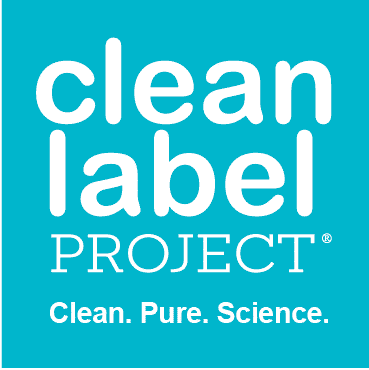Don’t Get Faked-Out by Fake Foods!
“Food Adulteration” is a common phrase used by consumers, lawyers, and FDA alike. Its meaning may not be clear to the typical consumer, however. So, let’s shine some light on this.
For those of us buying food for our families, the aspect of “adulteration” that relates to foods containing ingredients that are chemically toxic (e.g., pesticides) is not something that we typically need to worry about. State and federal agencies do the worrying (and testing) for us, including for products coming from outside the USA. These are VERY rigorous scientific programs, and we should be proud of the “first-responders” who get to our food before we buy it.
The food adulteration that we consumers need to worry about can be called “food fraud.” This occurs when unscrupulous people add cheap ingredients to a food to “stretch” it. The usual motivation for this is pure greed, which is sometimes also called “economically-motivated adulteration.” There are usually no real food safety issues such as risk of getting sick, but still, buyer beware.
For example, if someone can sell vanilla that contains real vanilla and imitation vanilla for real vanilla prices, or sell real vanilla that is diluted with water for real vanilla prices, then they can make more money. An ounce of imitation vanilla might cost less than $1, but an ounce of real vanilla might cost close to $5!
Vanilla is one of the products for which food fraud has occurred over the years, as it has for maple syrup. Just read the ingredients on “pancake syrup” for an idea of what could be put in real maple syrup to adulterate it for more profit. Similarly, honey has been sliced with cane syrup or corn syrup – just a little bit to keep the taste from changing too much. But, could you really tell the taste difference when it’s all about sweetness? And what is the right color, anyway?
Another example of food fraud historically is olive oil – these oils can be laced with palm oil or peanut oil, and who could tell the difference? Well, the manufacturer could since they are making increased profits!
What can you do to keep food fraud from being perpetrated on you and your family?
One, buy from reputable manufacturers. Certainly for foods which matter to you and/or which are expensive, buy from companies you have bought from before and which have a good reputation. Save trying a new source for “experiments” before you indiscriminately buy something on-line or want to try a new supplier for “locally-sourced.”
Two, read the labels. There are federal standards of identity for many foods (such as the ones mentioned above), and there are strict rules regarding how those products must be labeled. Read the fine print for product statements which don’t look quite right and/or which mention ingredients that usually are not there.
Three, rely on your own experience. What does the product usually look like in terms of color, and how does it usually taste? Your own senses are marvelous discriminators.
And four, do your homework. If something doesn’t seem quite right, look it up or call the manufacturer. You might be surprised by what you learn!
If you ever suspect you have been a victim of food fraud, save the product and contact your state food authorities.
While it is highly unlikely that any of these issues would cause illness or injury with all of the science that is behind food testing, be a smart shopper!
Don’t let them hit you in the pocketbook!

Bob Lijana
18 July 2020
